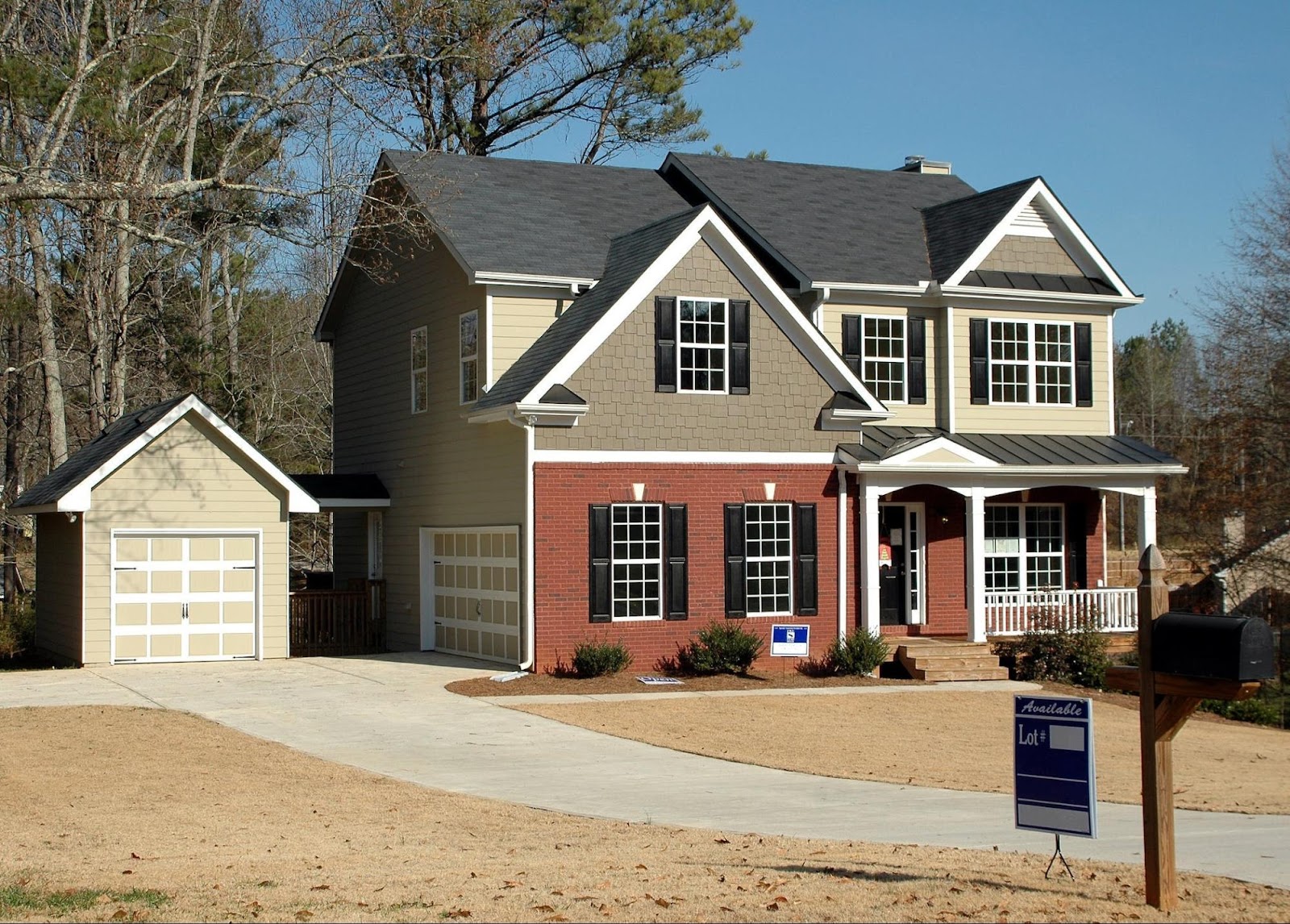Building a custom home is a dream come true for many. It’s the chance to create a living space that perfectly matches your lifestyle and needs. However, the journey from idea to moving in can be complex, taking months or even years.
In this guide, we’ll walk you through the custom home building process, giving you a detailed look at what to expect. Understanding these phases will ensure a smooth and rewarding journey as you turn your dream home into reality. Let’s get started!
Table of Contents
Initial Consultation and Planning
The first step in the custom home building process is the initial consultation with your builder. This is where you’ll discuss your vision for your new home, as well as your budget and timeline. It’s essential to have a clear idea of what you want so that the builder can provide an accurate estimate.
During this phase, it’s also crucial to communicate any special requests or requirements, such as accessibility features or eco-friendly materials. This is also the time to discuss any challenges or constraints of your chosen lot.
Custom Design and Pre-Construction
Once you’ve finalized your vision for the home, the next step is designing it. You’ll work closely with an architect or designer to create blueprints and floor plans that reflect your style and meet all your needs. This phase also involves making decisions about materials, finishes, and fixtures.
After the design is complete, your builder will obtain all necessary construction permits and conduct a thorough review of the plans to ensure everything meets building codes and regulations. This pre-construction phase can take several weeks or even months.
Construction
Once the pre-construction phase is complete, it’s time for the actual construction to begin. This is when you’ll see your dream home taking shape, but it’s also a hectic time. It’s essential to maintain open communication with your builder and be prepared for some delays or unexpected challenges.
During this phase, you can expect frequent site visits and updates from your builder, as well as opportunities to make minor changes or additions. It’s crucial to stay on top of any decisions that need to be made and address any concerns promptly.
Quality Control and Inspections
As construction nears completion, your builder will conduct quality control checks and schedule inspections. This ensures everything meets building codes and regulations.
This is also a good time for you to do your walkthrough of the home to check for any last-minute changes or additions. Recently completed homes and buildings are subject to settling, so minor adjustments may be needed.
Closing and Move-In
The final step is the closing of your new home, which is the legal transfer of ownership. This is also the time to discuss the warranty for your new home and any necessary follow-up on construction details.
Once all the paperwork is completed, you can move into your dream home and enjoy all the hard work and planning that has gone into making it a reality.
Discovering the Custom Home Building Process
Building a custom home is an exciting journey that requires careful planning, communication, and collaboration with your builder. Understanding each step of the process will help you navigate any challenges and ensure your dream home becomes a reality.
So, take your time, be patient, and enjoy the experience of creating a unique and personalized living space. We hope this guide has helped prepare you for what to expect during the custom home building process. Happy building!
Is this article helpful? Keep reading our blog for more.





